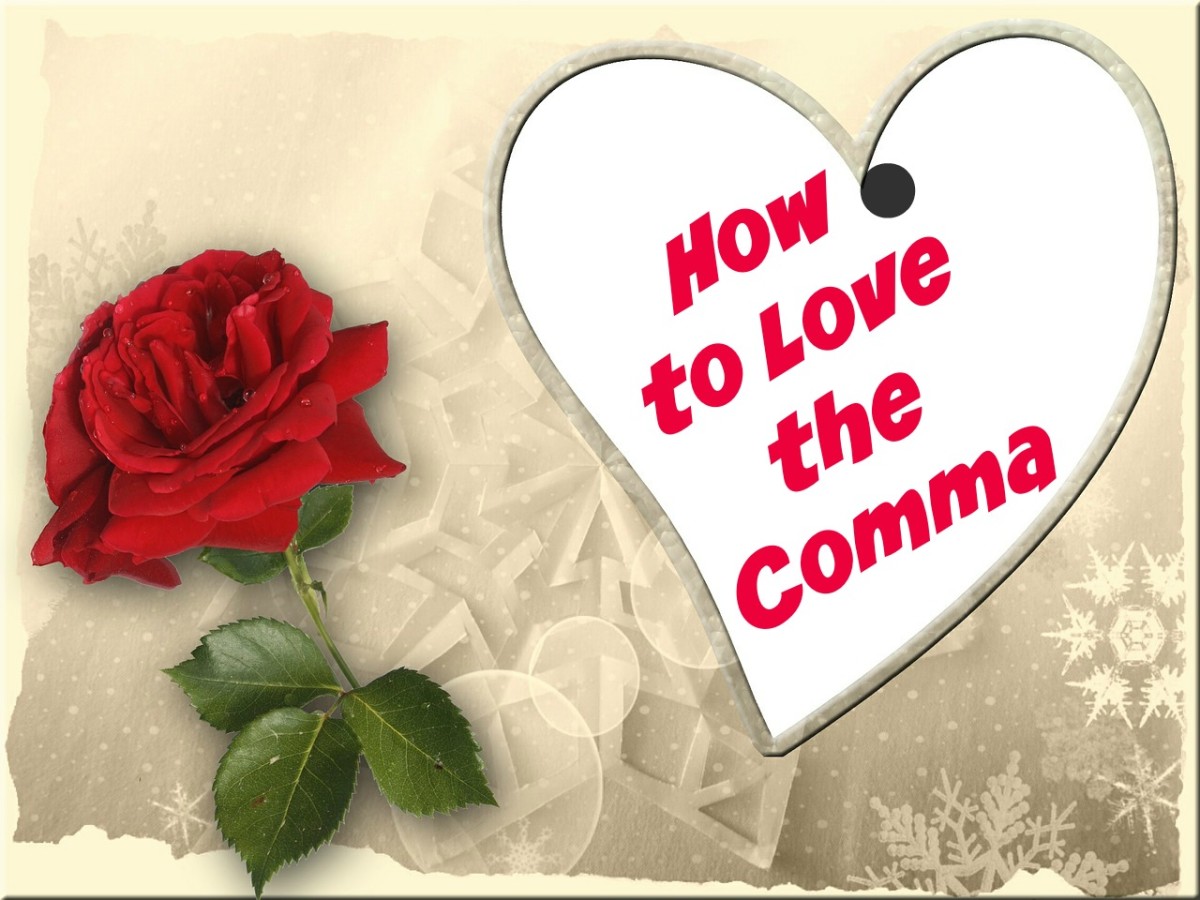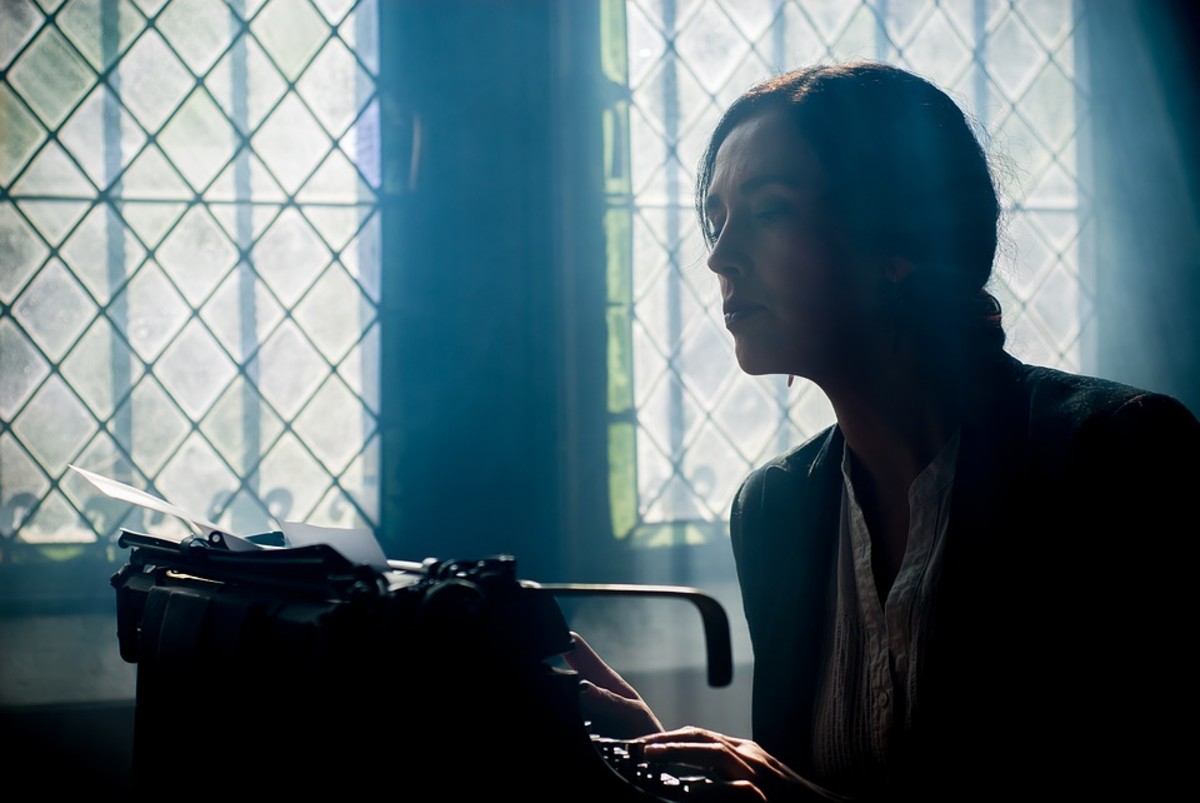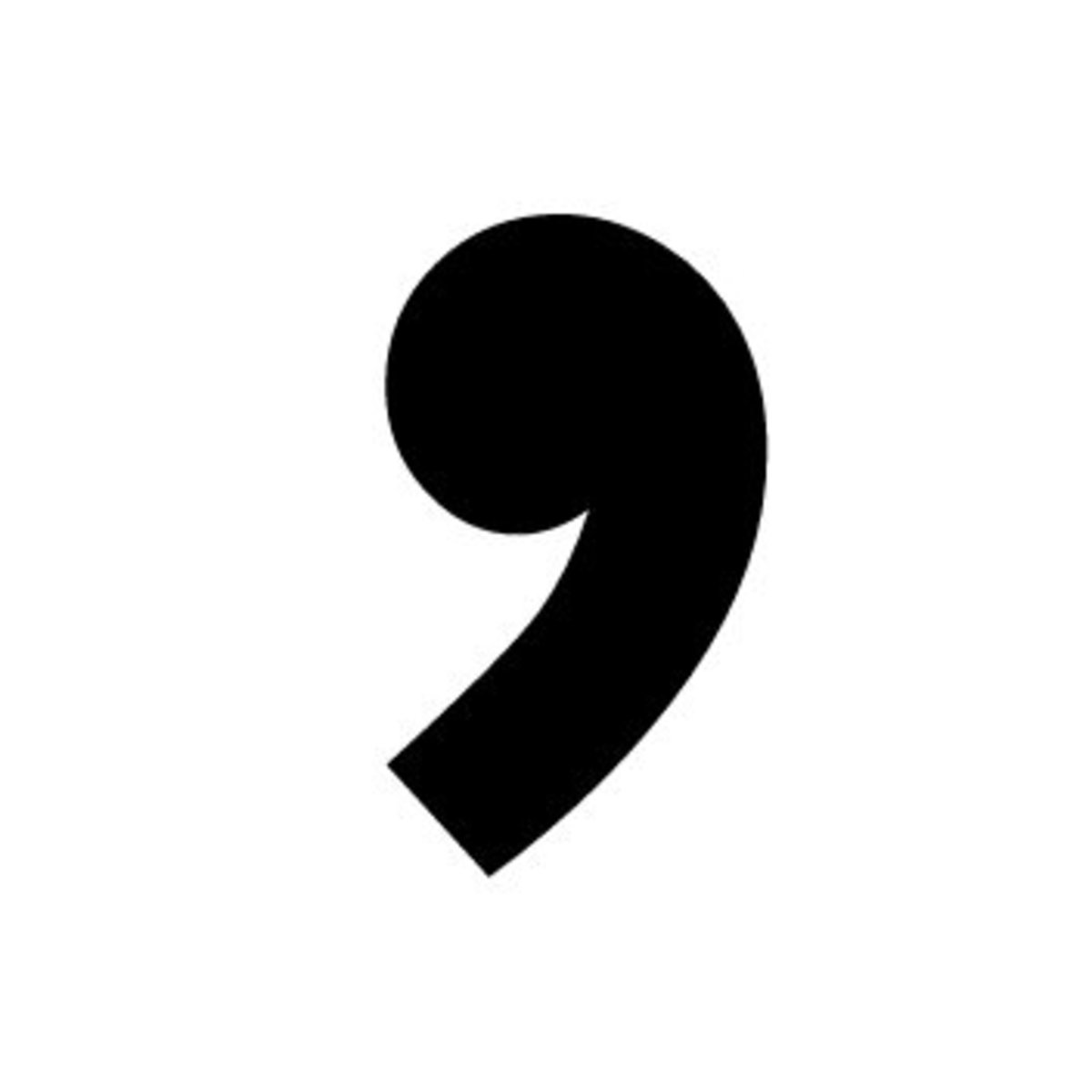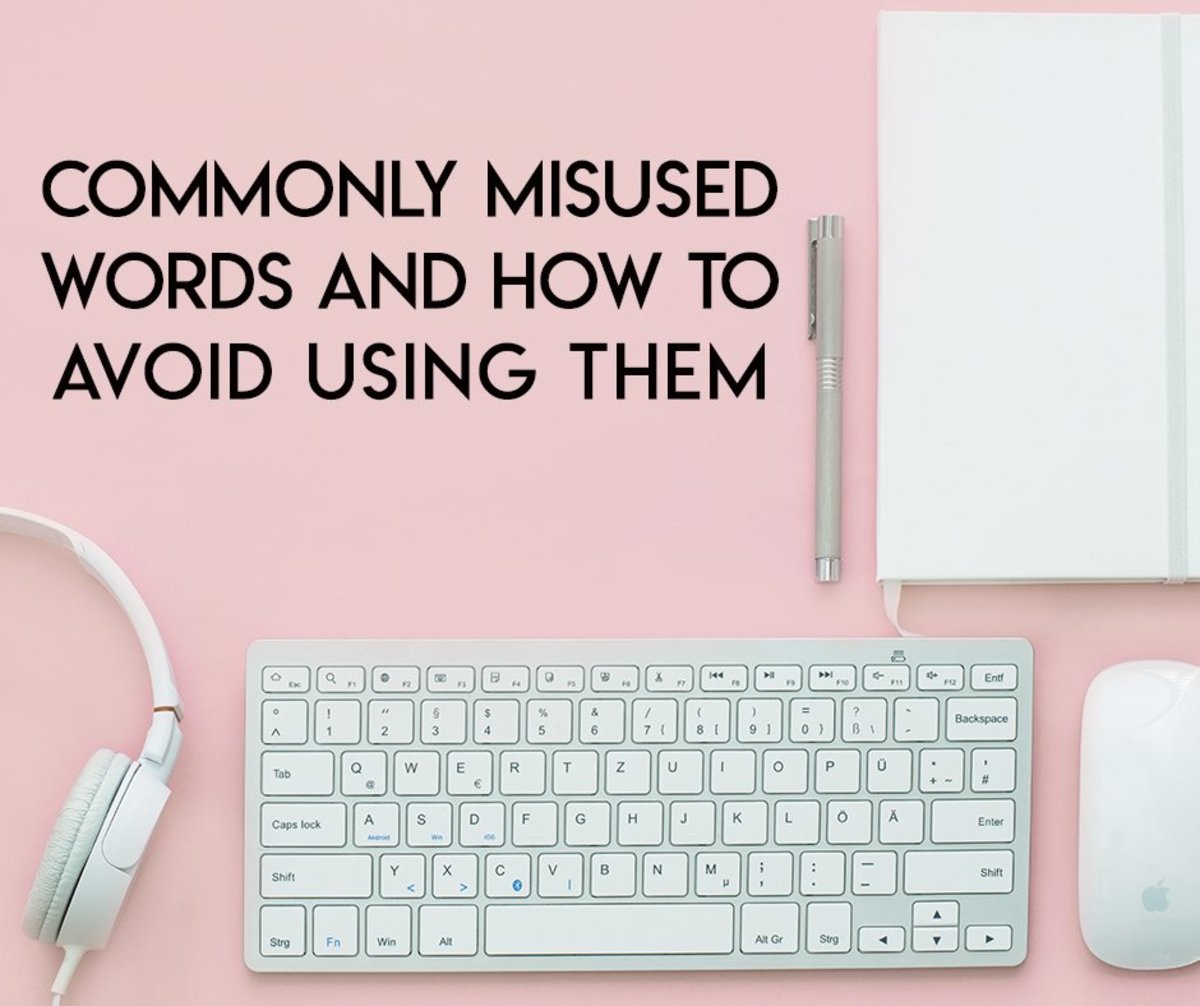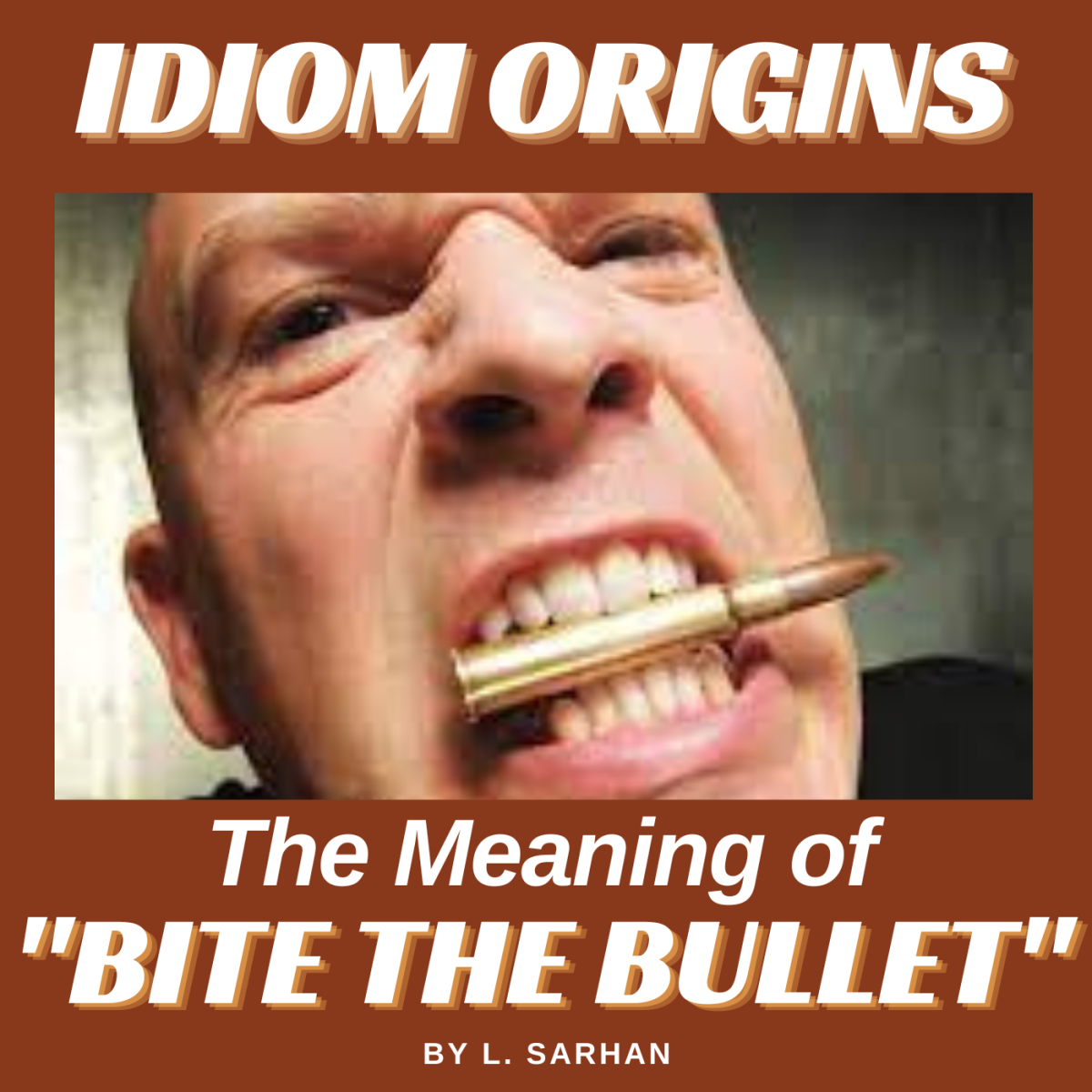Boredom Be Gone: An English Teacher’s Guide To Keeping Learning Alive- Lesson 1
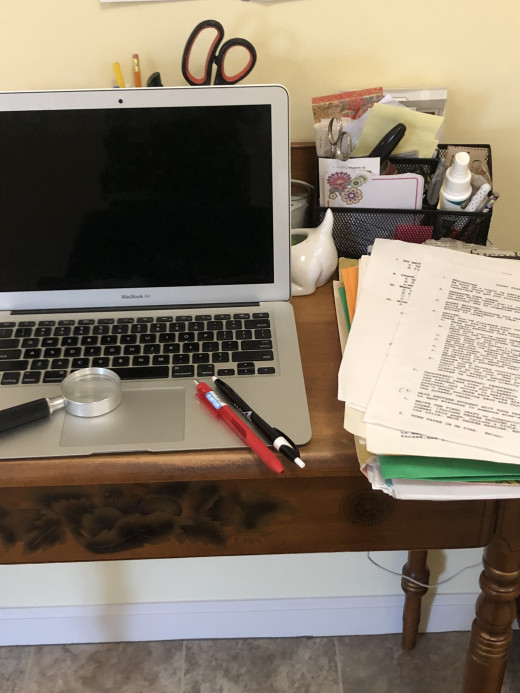
Tips Towards Better Writing: A Review
Before we tackle any writing assignments, there are a few things we need to review. I’ll present these tips in outline form for two reasons: first, so that they’re easier to grasp, and second, so you can familiarize yourself with the outline format. Now we’ll begin:
I. DO NOT use sentence fragments.
A. NEVER begin a sentence with AND, BUT, OR or SO.
B. If you start a sentence with BECAUSE, make sure that you finish the thought.
Incorrect: Because I did my homework
Correct: Because I did my homework, I passed.
II. Check very carefully to make sure you don’t have run-on sentences.
A. NEVER connect two complete thoughts with just a comma.
B. Read over each sentence. If there is more than one complete thought in a sentence, but there is no conjunction (e.g. and, but, or), that sentence is a run-on.
III. Write dialogue correctly.
A. Start a new paragraph with each new speaker.
1. If, before the dialogue, there is a sentence such as: He walked quietly into the room. Looking ashamed, he said to his mom, “I’m sorry, Mom.” (Notice that the paragraph begins with “He walked into the room,” not with the dialogue.
2. If the same person continues to speak, keep the dialogue in the same paragraph:
He quietly walked into the room. Looking ashamed, he said to his mom, “I’m sorry, Mom.” He couldn’t even look her in the eye but continued to glance at the floor. “I’ll try to do better next quarter.”
3. Starting a new paragraph each time the speaker changes means that you must INDENT each time:
“i’m sorry, Mom.” He couldn’t even look her in the eye but continued to glance at the floor. “I’ll try to do better next quarter.”
“Didn’t you study at all?” his mom asked.
“No.”
“At least you’re taking responsibility for your actions, for once.”
(if you choose not to indent, then you must skip a space each time the speaker changes, as I have done in the example above.)
B. Punctuate the dialogue correctly.
1. If the dialogue is at the beginning of a sentence, it should look like either of these sentences:
“I admit that I didn’t study much,” he continued.
or
“Didn’t you study at all?” his mom asked.
2. If the dialogue is at the end of the sentence, it should look like either of these:
He continued, “I admit that I didn’t study much.”
or
“Didn’t you study at all?” His mom asked.
3. Make sure that the entire sentence ends with a punctuation mark.
IV. Keep verbs in the same tense. If you start in the present tense, don’t switch to the past tense later on. If you start with the past tense, don’t switch to the present.
A. Incorrect: The little Indian boy was not happy. All his family had left, and he had been adopted by another tribe. He is so sad as he plays with his little dog. He felt that no one really cared whether he lives or dies.
B. Correct: The little Indian boy was not happy. All his family had left, and he had been adopted by another tribe. He was so sad as he played with his little dog. He felt that no one really cared whether he lived or died.
V. Capitalize proper nouns.
Vi. Use homonyms carefully.
A. “To” indicates a direction. “Too” means also. “Two” is a number.
B. “There” answers the question where. “Their” shows ownership.
C. “Already” answers the question when. “All ready” means that everyone is ready)
VII. Check comma rules. Do not guess whether or not you should use a comma. (If you guess, you probably will be wrong.)
A. Use a comma after introductory words such as: “As a matter of fact, that’s the correct way to punctuate the sentence.”
B. Use a comma after TRANSITIONS: ”Meanwhile, he went back to work.”
C. Use a comma to separate items in a list: “He brought his book, pencils, and an eraser.” (The comma before and, which is known as an Oxford comma, is not necessary. if you choose to use it, however, it is not incorrect.)
D. Remember that the only other time you may use a comma before “and” or “but” is in a compound sentence. This means that each side of the conjunction is a complete sentence.
E. NEVER use a comma AFTER “and” or “but”.
F. When writing dialogue, use a comma when the dialogue comes at the beginning of a sentence. (see III B)
G. Use a comma with DIRECT ADDRESS:
“Mom, when may I go outside?”
H. Use a comma after APPOSITIVES. “My dad, the painter, has a bad temper.”
I. NEVER Use a comma just because it “sounds right.” If you can’t think of a rule to explain why you used a comma, then don’t use one.
VIII. USE SPELL CHECK!
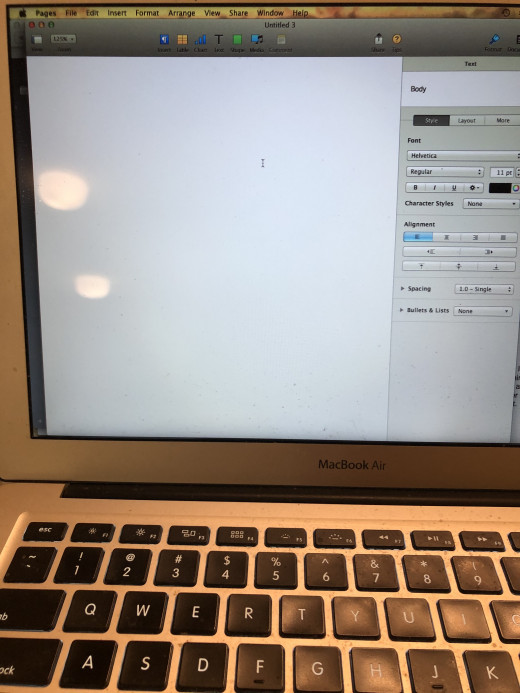
It’s Your Turn
Now that we‘ve reviewed some of the things you need to remember when creating a piece of writing, you’re ready to get started on your first assignment. Here it is:
Write about an interview that you had with a fairytale or fictional character. Make sure to include the following details:
1. a description of where you are, and what you see around you.
2. a description of the subject‘s appearance, including what he or she is wearing.
3. figurative language to describe sounds, colors and actions. (onomatopoeia: “whoosh”; similes: “She looked like an overripe banana.”; metaphors: “His brain was an empty vessel.”; alliteration: “ Five friendly foxes fell at her feet.”
Example: An Interview With Cinderella
Last week I travelled to the lush land of Storytown, where I had the privilege of meeting with Cinderella, the legendary princess of fairytale fame.
When I arrived at her home, a palatial palace set in the middle of a grassy meadow, The breathtakingly beautiful Cinderella, wearing a light blue satin gown trimmed in white lace, greeted me at the door. I was so taken aback by her statuesque figure and long, silky blonde hair that I must have looked like the cat who swallowed the canary.
Cinderella graciously invited me into her home and indicated that I should sit on a golden sofa. As I looked around me at the lush carpeting, the pristine, glittering walls and the ornate furniture, it occurred to me how wonderful it was that a girl from such humble beginnings had ended up in a place like this.
The princess took a seat, turned to me and asked, “So what is it that you wanted to know?”
I took a deep breath and then replied, “I was wondering how your life has changed since you and Prince Charming were married.”
Smiling, Cinderella said, “Oh, I can’t even begin to tell you how much my life has changed. For one thing, my stepmother- witch that she was- is no longer in the picture, thank heavens. Also, I’ve become close to my in-laws, the King and Queen. Prince Charming, of course, is my rock. I don’t know what I would do without him.”
”Do you have any pets?” I inquired.
With that, three adorable grey mice scampered into the room and positioned themselves at Cinderella‘s feet.
The princess laughed and said, “I’d like you to meet my best buddies, Squeaky, Smokey, and Slim.”
The interview continued for another 45 minutes or so, during which time a maid appeared with tea and cookies. As I rose to leave, I said, “Thank you so much for meeting with me, Princess Cinderella.”
”It’s been my pleasure,” she replied as she escorted me to the front door.
As the door closed behind me with a click, I awoke and realized that the dream princess had been just that: a dream. I smiled and shook my head. “Welcome to Wonderland!” I thought aloud.
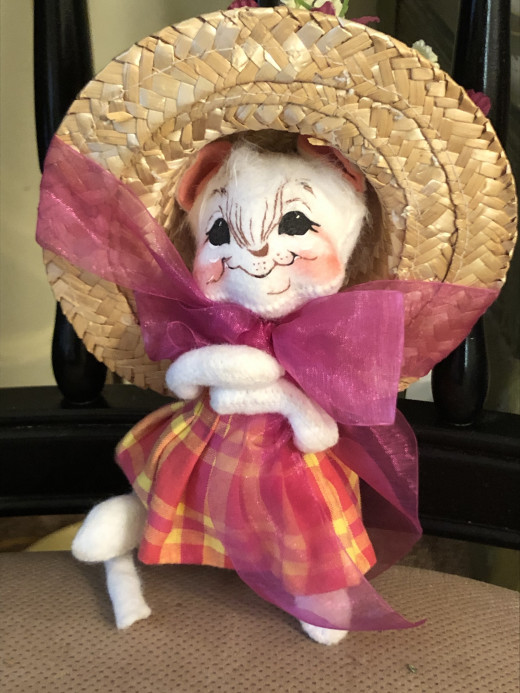
Stay Tuned
More lessons to follow!

